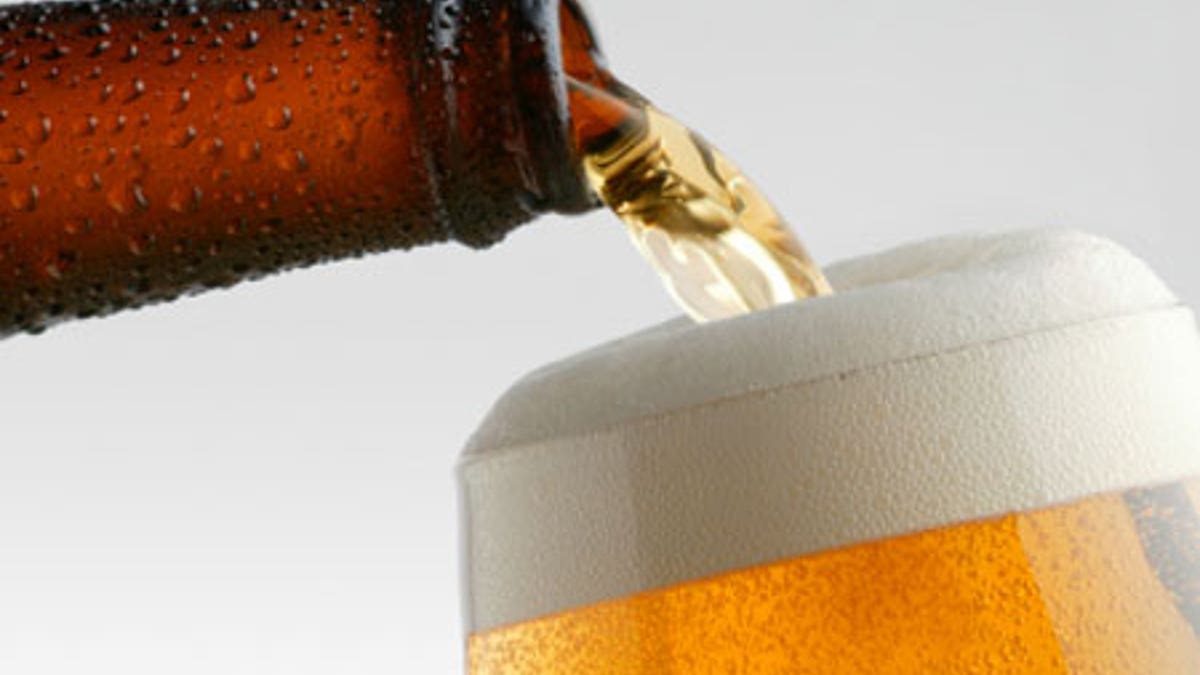
Even drivers with a slight "buzz" are more likely to be at fault for accidents than the sober drivers they hit, according to a new study.
The authors looked at fatal car crash data from a U.S. national database of more than 570,000 collisions between 1994 and 2011 and found there appears to be no safe level of alcohol in the bloodstream when it comes to driving.
"This has a very wide range of implications," lead author David Phillips, a sociologist at University of California, San Diego, said. "For the individual driver it means don't drive while buzzed, and for a passenger, don't get in a car with a driver who is buzzed. Find a way to make the sober one the driver."
The data Phillips and his colleagues analyzed included blood alcohol content (BAC) measurements for the drivers as well as clear indicators of blame for the accident, such as which driver ran a red light or drove in the wrong lane.
Drivers with a BAC of .01 percent, the lowest level recorded in the dataset, were 46 percent more likely to be solely blamed for the crash than a sober driver, according to the results published in the journal Injury Prevention.
An adult man would need half of one 12-ounce beer to generate a .01 percent BAC reading on a breathalyzer test. That is well below the U.S. legal driving limit of .08 percent.
For men and women, as blood alcohol level increased, so did the possibility of blame for the accident.
That's what would be expected based on previous research, Phillips said, and this study won't be particularly surprising to researchers, but it is the first nationwide analysis of data on "buzzed" drivers.
"There's nothing magical about .08," he added. No research indicates that a great change in driving capacity takes place between .07 and .08.
"The lower we can make the legal BAC, the safer everyone will be," he said.
Many European countries have legal limits of .05, and limits in Sweden and Japan are even lower, Phillips said. Strictly following the data, the only safe driver is one with zero blood alcohol content, he said.
Although the study builds on 50 years of similar research, this one is unique and exciting because of its scale, said James C. Fell, senior research scientist at the Pacific Institute for Research and Evaluation in Calverton, Maryland.
The first U.S. legal definition of "drunk" for the purpose of driving was set at .15 BAC in the 1930s and remained until certain states gradually lowered their limits to .10 in the 1950s and 60s and then to .08, Fell said.
"Now the research is very strong especially in other countries that it should be .05," Fell said.
"Even if you're not aware of it, you are impaired after one drink," he said. "Maybe not as much as after 5 drinks, but you are," he said.
As for legal implications in the U.S., "in the case of judges, the data suggest that it's extremely arbitrary to punish harshly people above .08 and leniently .05, .06. 07," Phillips said.
In fact, you can be convicted of drunk driving with a .02 BAC, Fell noted - especially inexperienced drinkers, who seem to be very impaired at low levels, whereas more experienced drinkers tend to deteriorate at .05 and above.
Phillips suggested that insurance companies and organizations like Mothers Against Drunk Driving take a closer look at the risks of "buzzed" as well as drunk driving.
"We have a fixed idea that there's 'drunk' and 'not quite drunk,' and that's just not the reality," Phillips said. "In fact it's really really remarkable how linear the relationship is, even with as little as one drink."
